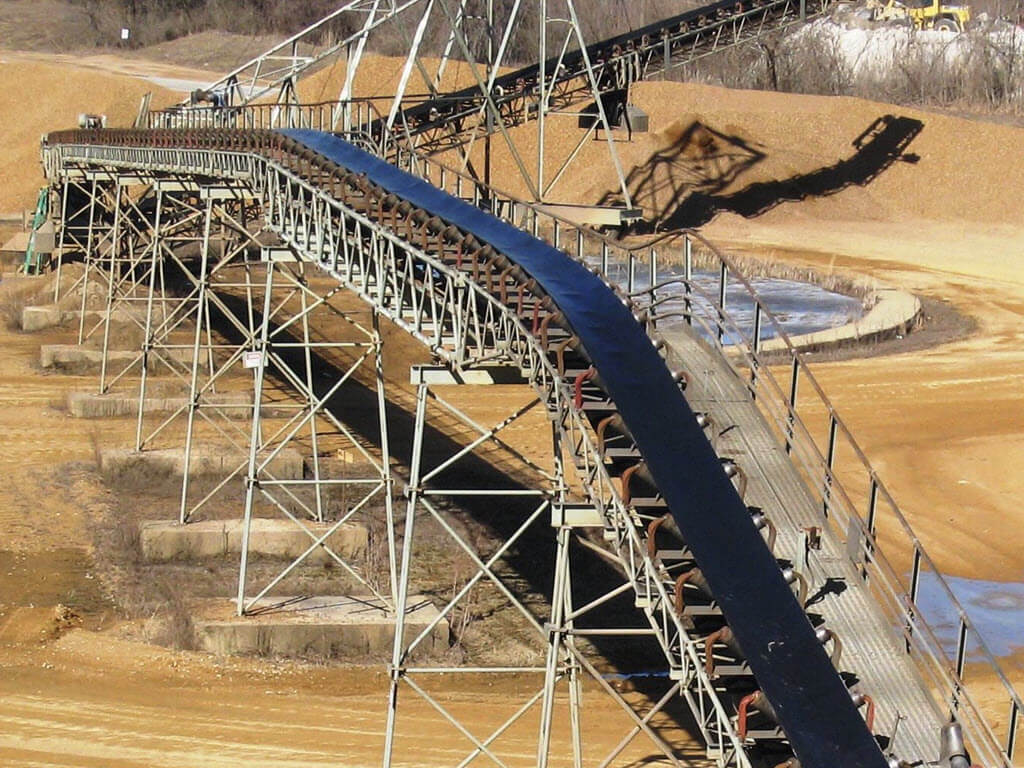Customized Solutions: Designing Rubber Conveyor Belts for Unconventional Needs
Customized Solutions: Designing Rubber Conveyor Belts for Unconventional Needs
Blog Article

In today's fast-paced industrial landscape, the demand for specialized solutions has never been greater. Businesses are constantly seeking ways to improve their operational efficiency and enhance productivity, which often requires innovative approaches to seemingly standard components. One such area is the design and development of rubber conveyor belts, PVC conveyor belts, and rubber drive belts. These essential tools play a crucial role in the transportation of materials across various industries, from manufacturing to agriculture.
As operations evolve and unique challenges arise, the conventional conveyor belt might not suffice. Companies are increasingly looking for customized solutions that cater to their specific needs, whether it's the handling of abrasive materials, extreme temperature conditions, or specialized movements. This article delves into how the tailored design and production of these belts can meet unconventional demands, ensuring that businesses can operate smoothly and efficiently in a competitive market.
Rubber Timing Belt Manufacturers
Designing for Unconventional Applications
When designing rubber conveyor belts for unconventional applications, it is essential to begin with a thorough understanding of the specific needs and challenges presented by the environment in which the belts will operate. Unlike standard applications, unconventional uses often require specialized materials and design features that can withstand unique stresses, temperatures, or chemical exposures. This necessitates a collaborative approach between engineers, material scientists, and end-users to define the exact specifications and desired performance outcomes.
Customization is key in these scenarios. For instance, a rubber conveyor belt used in a high-temperature environment may need specialized compounds that remain flexible and durable under extreme heat. Similarly, belts used in agricultural settings may require increased resistance to abrasion and exposure to corrosive substances. The development of these tailored belts involves extensive research and testing to ensure they meet both performance and safety standards, often leading to innovative new materials or design techniques.
Ultimately, the production of rubber conveyor belts for unconventional applications is a dynamic process that relies heavily on the integration of advanced technology and a deep understanding of the materials involved. By focusing on customization and the specific demands of each application, manufacturers can create rubber and PVC conveyor belts that not only meet but exceed the expectations of businesses operating in specialized industries. This targeted approach ensures optimal efficiency and longevity, providing practical solutions for challenging environments.
Materials and Manufacturing Processes
The choice of materials significantly influences the performance and durability of rubber conveyor belts. Natural rubber is commonly utilized for its excellent elasticity and resilience, making it suitable for a variety of applications. Synthetic alternatives, such as neoprene and EPDM, provide additional benefits like enhanced resistance to heat, oils, and chemicals, which are crucial for industries dealing with harsh environments. PVC conveyor belts, known for their lightweight and waterproof characteristics, are ideal for food processing and packaging applications, where cleanliness and hygiene are paramount.
Manufacturing processes for rubber conveyor belts begin with careful formulation and mixing of raw materials. This involves combining different types of rubber, fillers, and additives to achieve specific performance criteria, such as strength, flexibility, or resistance to wear and tear. The blended materials are then processed through methods such as extrusion or calendaring, allowing them to be shaped into desired dimensions. Following this, the belts undergo vulcanization, a critical step that enhances their durability by chemically linking the rubber molecules, resulting in a robust final product.
Quality control is an integral aspect of the manufacturing process, ensuring that each rubber conveyor belt meets stringent standards. Testing is conducted at various stages, from raw materials to finished products, focusing on aspects like tensile strength, elongation, and surface finish. This rigorous approach guarantees that the belts not only fulfill specific application requirements but also provide long-lasting performance. Customization options are available, allowing manufacturers to design belts tailored to meet unconventional needs, thus further expanding the versatility of rubber, PVC, and rubber drive belts.
Custom Solutions and Industry Impact
The development of customized rubber conveyor belts has significantly altered the landscape of various industries. Businesses seeking to optimize their operations require conveyor systems that can accommodate specific materials, weights, and environmental conditions. Custom solutions ensure that belts can handle unique challenges, such as extreme temperatures, chemical exposure, or abrasive materials, enhancing efficiency and safety in production processes.
Moreover, the integration of advanced technologies in the design and production of rubber and PVC conveyor belts has led to increased durability and performance. By utilizing state-of-the-art materials and manufacturing techniques, companies can create belts tailored to withstand rigorous demands. This innovation not only improves operational longevity but also reduces downtime and maintenance costs, delivering a tangible return on investment for businesses.
As industries continue to evolve, the reliance on customized rubber drive belts becomes increasingly vital. From manufacturing to food processing, tailored solutions address the growing need for efficiency and adaptability. With the ability to design and produce belts that meet specific operational requirements, companies are better equipped to thrive in competitive markets, driving overall growth and sustainability.
Report this page